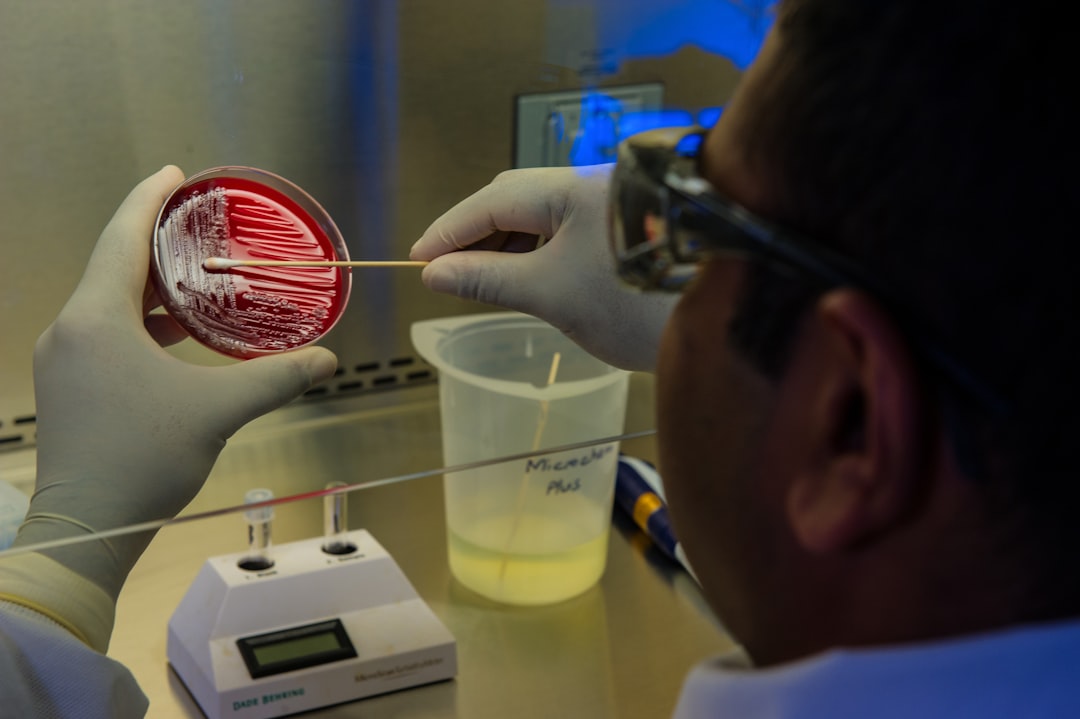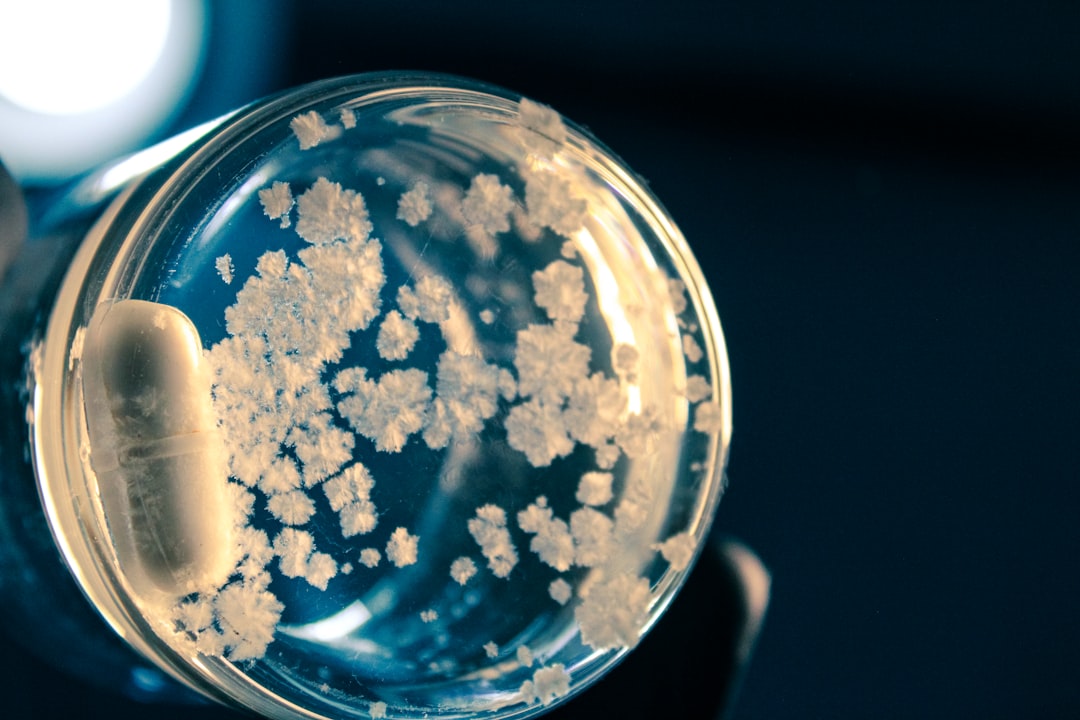What is it about?
This work tests the mode-of-action (MOA) hypothesis that maternal and developmental triclosan (TCS) exposure decreases circulating thyroxine (T4) concentrations via up-regulation of hepatic catabolism and elimination of T4. Time-pregnant Long-Evans rats received TCS po (0–300 mg/kg/day) from gestational day (GD) 6 through postnatal day (PND) 21. Serum and liver were collected from dams (GD20, PND22) and offspring (GD20, PND4, PND14, PND21). Serum T4, triiodothyronine (T3), and thyroid-stimulating hormone (TSH) concentrations were measured by radioimmunoassay. Ethoxy-O-deethylase (EROD), pentoxyresorufin-O-depentylase (PROD) and uridine diphosphate glucuronyltransferase (UGT) enzyme activities were measured in liver microsomes. Custom Taqman® qPCR arrays were employed to measure hepatic mRNA expression of select cytochrome P450s, UGTs, sulfotransferases, transporters, and thyroid hormone-responsive genes. TCS was quantified by LC/MS/MS in serum and liver. Serum T4 decreased approximately 30% in GD20 dams and fetuses, PND4 pups and PND22 dams (300 mg/kg/day). Hepatic PROD activity increased 2–3 fold in PND4 pups and PND22 dams, and UGT activity was 1.5 fold higher in PND22 dams only (300 mg/kg/day). Minor up-regulation of Cyp2b and Cyp3a expression in dams was consistent with hypothesized activation of the constitutive androstane and/or pregnane X receptor. T4 reductions of 30% for dams and GD20 and PND4 offspring with concomitant increases in PROD (PND4 neonates and PND22 dams) and UGT activity (PND22 dams) suggest that up-regulated hepatic catabolism may contribute to TCS-induced hypothyroxinemia during development. Serum and liver TCS concentrations demonstrated greater fetal than postnatal internal exposure, consistent with the lack of T4 changes in PND14 and PND21 offspring.
Featured Image
Read the Original
This page is a summary of: Developmental triclosan exposure decreases maternal, fetal, and early neonatal thyroxine: A dynamic and kinetic evaluation of a putative mode-of-action, Toxicology, October 2012, Elsevier,
DOI: 10.1016/j.tox.2012.05.023.
You can read the full text:
Resources
Contributors
The following have contributed to this page










